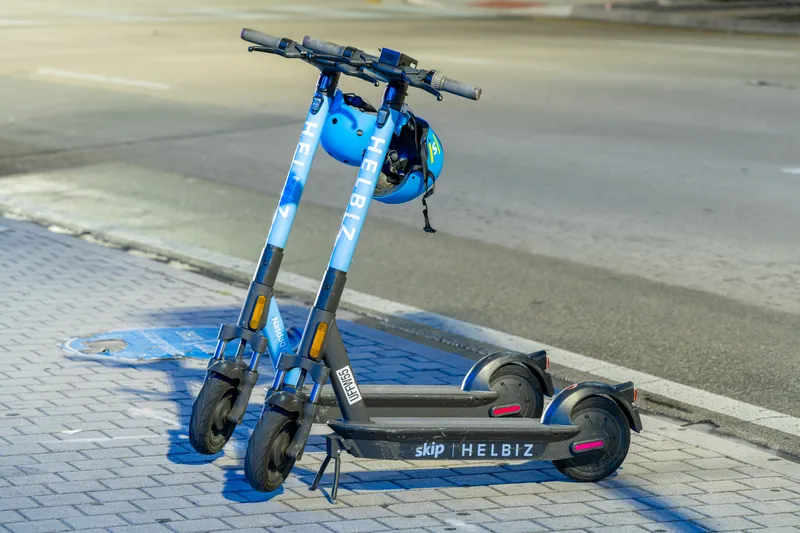
Teledyne Technologies is to buy Flir Systems in a deal which values Flir at around $8bn.
The companies both make cameras and sensors but insist that their portfolios are complementary.
The sale, which has been given the green light by the boards of both companies, “is expected to close in the middle of 2021” subject to the usual regulatory and shareholder approvals, a joint statement says.
“At the core of both our companies is proprietary sensor technologies,” said Robert Mehrabian, executive chairman of Teledyne.
“Our business models are also similar: we each provide sensors, cameras and sensor systems to our customers."
“However, our technologies and products are uniquely complementary with minimal overlap, having imaging sensors based on different semiconductor technologies for different wavelengths,” he concluded.
“Flir’s commitment to innovation spanning multiple sensing technologies has allowed our company to grow into the multi-billion-dollar company it is today,” said Flir chairman Earl Lewis.
“With our new partner’s platform of complementary technologies, we will be able to continue this trajectory, providing our employees, customers and stockholders even more exciting momentum for growth.”
Flir president and CEO Jim Cannon added that the deal is a “value-creating transaction”.
“Together, we will offer a uniquely complementary end-to-end portfolio of sensory technologies for all key domains and applications across a well-balanced, global customer base,” he said.










